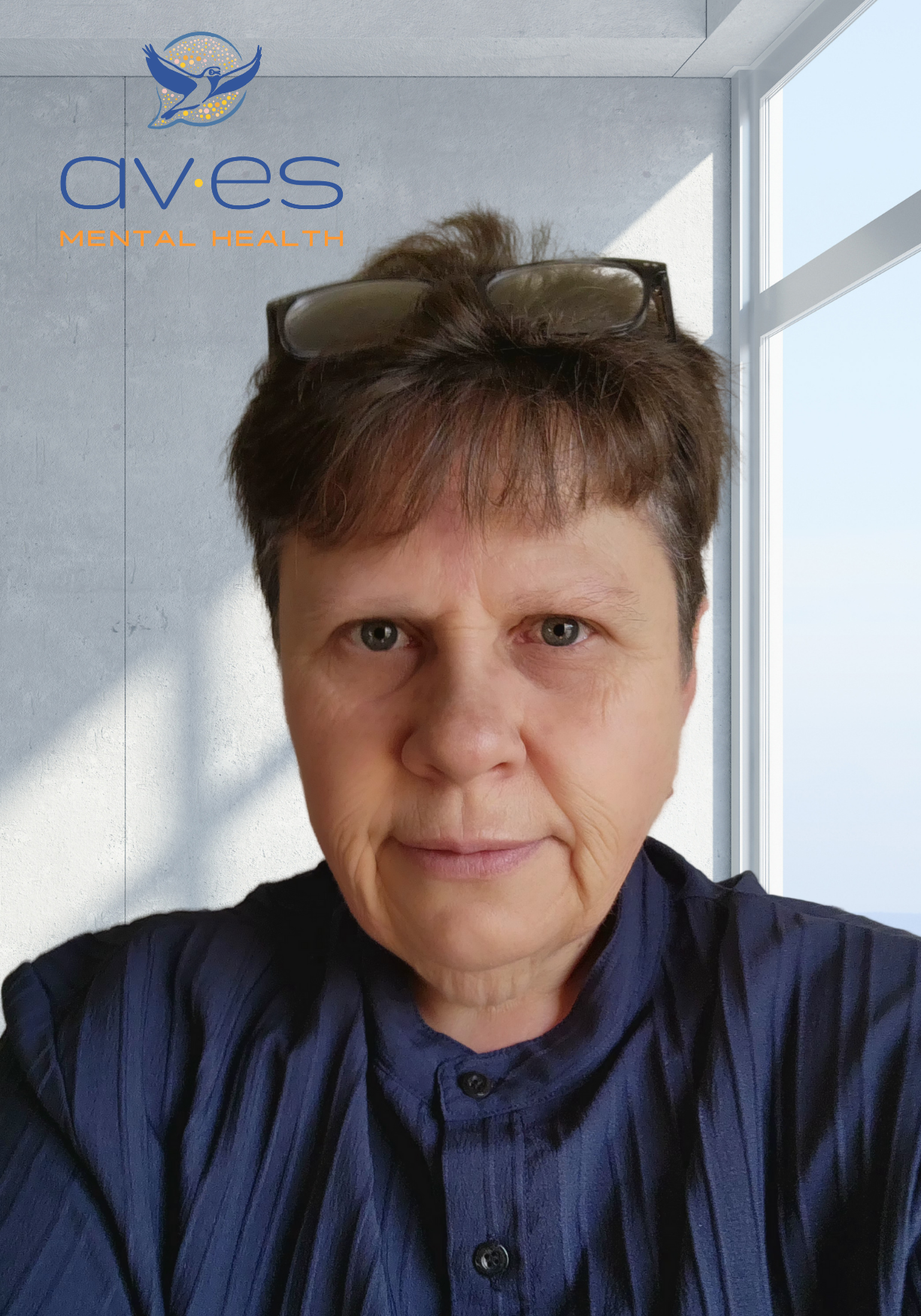When inventions provide unintended solutions

By Mahmoud El Achi, Head of innovation, WISH
Google glasses, Coca-Cola, Post-It notes, WD-40, Rogaine, 7-up – diverse products, yet they all have one thing in common. Can you guess what it is?
Today it’s hard to imagine a house without a can of WD-40 stored somewhere in case there is the sudden need for emergency lubrication. In fact, one study indicates that 80% of US households own a can (according to an Adweek report). WD-40 has become the go-to product for loosen tight screws and solving a wide variety of issues where metal is jamming against metal, but WD-40 was initially created by the defense industry to be used during the Cold War era, specifically to remove water from metals to prevent rusting. The initial use led to the name we all know – after 39 attempts at getting the right chemical formula to get rid of water, the inventors found the one that worked best: the 40th water displacement (hence WD-40) attempt.
Coca-Cola was first invented in the 19th century to cure morphine addiction, anxiety, headaches, and impotence. The inventor, pharmacist John Pemberton, himself suffered from morphine addiction and he wanted to produce a drink that could help him and others escape their drug dependency. This led to the birth of a sweetened drink containing coca and cocaine and sugar that sold for five cents per cup. As the brand Coca-Cola grew, it was gradually honed with carbonation and non-narcotic sweeteners to give the world its most famous soda we know today.
Another liquid invention produced in 1929 by Charles Grigg under its initial not-exactly-catchy name of “Bib-Label Lithiated Lemon-Lime Soda” was created to treat bipolar disorder (known then as mood swings). The drink proved popular with a wider market, and in 1936 the name was changed to 7-up.
Later, in 1968, Spencer Silver was working for 3M trying to create an especially strong adhesive for use in the aerospace industry. His journey to explore different compounds that would help airplanes to not fall apart instead produced a very weak substance that could barely stick two bits of paper together. One sticky thing led to another sticky thing when another employee of 3M called Arthur Fry took Silver’s adhesive to create Post-It notes, which came to the market in 1970.
So why give all these examples?
Recently, I was visiting Google offices in Silicon Valley as part of a tour of some of the world’s most famously innovative companies, such as Apple, AJ+, and AirB&B. After being welcomed, I was given a quick presentation about Google’s products. I was surprised to see Google Glasses among the highlighted products as I thought that the technology behind Google Glasses, which are worn like conventional eye glasses but project information onto a small glass surface directly in the user’s field of vision, had been removed from the market. So, after the presentation, I asked Why Google Glasses were mentioned in the presentation?
The answer came like a rain storm in the middle of the desert.
The answer I received was as follows: Google decided that the technically advanced Google Glasses had been released too early into the consumer market, so, as is often the case in the field of innovation, pivoting, tweaking and changing the innovation slightly took place and a new non-consumer use had been identified.
Just like with the products mentioned previously, the market for Google Glasses may well be found in a place quite different to where the innovators originally looked. In the case of Google Glasses, a focus on the doctor and the patient interactions may be an ideal starting point for the reintroduction of the product back into the market.
A recent study in the US and Switzerland showed that doctors spend 28% of their time directly with the patient while the rest of their time is spent between looking at the computer to get patients details and looking at health records. Google believes that they can help patients and doctors by providing them with Google Glasses, the technology within the product helping to allow doctors to spend more time looking at their patients while receiving their health record simultaneously.
As the makers of Coca-Cola, Post-it notes, and Google Glasses have shown, re-aligning innovative ideas is a natural and healthy way of helping ensure the continuity of businesses, while also responding to actual issues rather than perceived issues.



